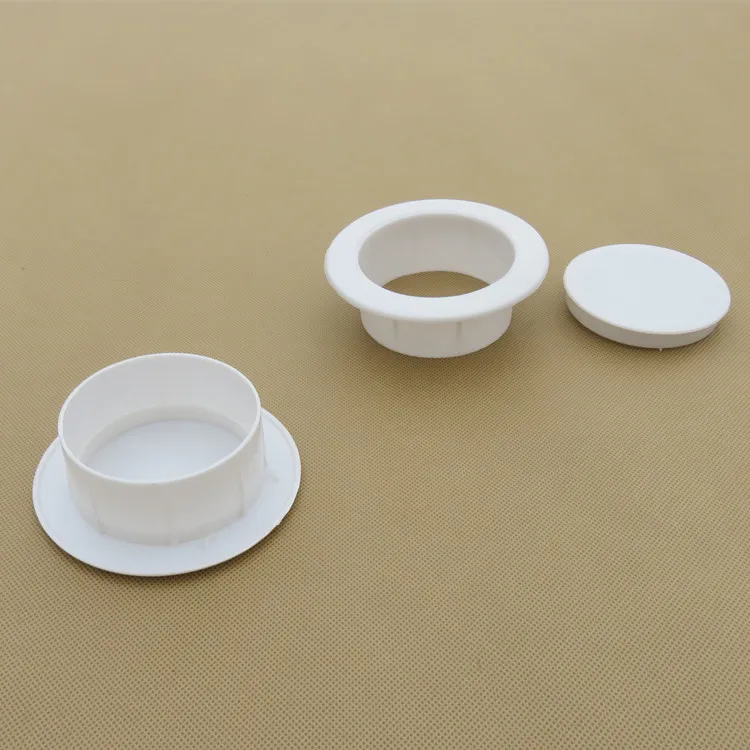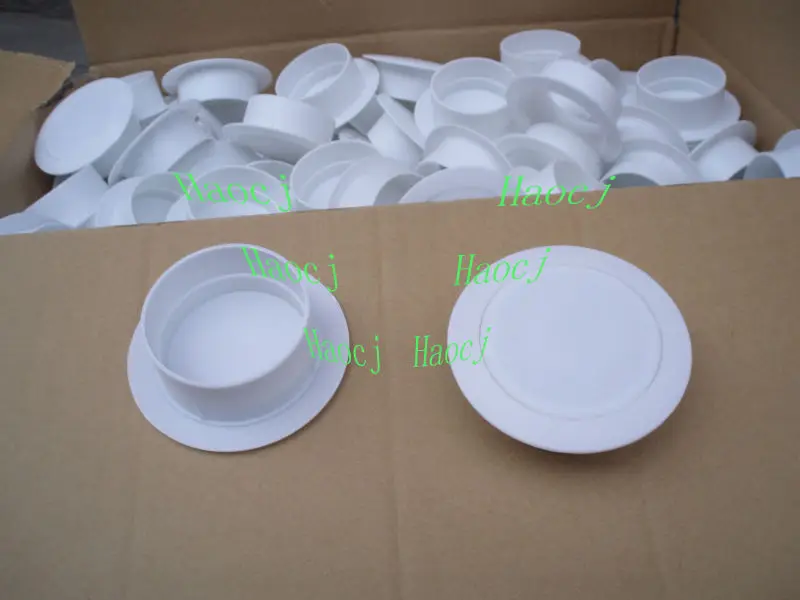
- Decorative cover for hole in wall professional#
- Decorative cover for hole in wall series#
- Decorative cover for hole in wall free#
History of Types Interior Plaster: split wood lath, sawn wood lath, expanded metal lath, "rock lath" or plasterboard, drywall, & tainted Chinese drywall There are several generations of plaster and lath, plaster board, and drywall which have been used


UPSON BOARD - MDF used as interior sheathing and in many other applications from puzzles to oil paintings.
Decorative cover for hole in wall series#
Guide to Plaster & Drywall & Other Interior Wall Coverings as Indicators of Building Age Article Series Contents We also provide an ARTICLE INDEX for this topic, or you can try the page top or bottom SEARCH BOX as a quick way to find information you need. Our page top photo shows hand-split wooden lath backing for a plaster interior wall. This article discusses the identification and history of older interior building surface materials such plaster and lath, Beaverboard, and Drywall - materials that were used to form the (usually) non-structural surface of building interior ceilings and walls. Guide to beaverboard, drywall, plaster & paneling on interior walls:Īges & types of finish materials used for interior walls & ceilings: here we provide a photo guide to identifying types of plaster, lath, Beaver board, Upson Board, and Drywall to help identify these interior building wall and ceiling coverings and as an aid in determining the age of a building. We have no relationship with advertisers, products, or services discussed at this website.
Decorative cover for hole in wall professional#
If in doubt, it’s always wise to call in a professional to do the work.InspectAPedia tolerates no conflicts of interest. For heavier items it’s essential to use the correct fixing or bracket for the weight of the item being hung, and will often mean using a masonry drill and fixings. Lighter-weight items can be fixed onto a brick wall using brick clips, which simply grip onto the mortar without the need for any drilling. Two coats are usually enough, but if you’re painting over a strong shade, you might need a third.’ What can I put on my outdoor walls?Īside from transforming outdoor walls with a fresh coat of paint, adding shelves, artwork, trellis or wall-hung planters are all easy ways of brightening up dreary wall space. They’re also made with anti-fade technology for long-lasting colour. ‘By using Weathershield Masonry Paints you’re giving your walls and front of house décor protection from weather damage, as well as mould and algae growth. Make sure you then rinse the wall with clean water to ensure a quality finish that lasts for years.’ Then, remove any surface dirt and any loose or flaking paint by giving the whole surface a good wash down. We’d also recommend treating any patches of mould or algae with Weathershield Multisurface Fungicidal Wash.

Decorative cover for hole in wall free#
Make sure your walls are free of any dirt, debris or stains. ‘Cleaning your walls is an all important first step that you don’t want to skip. ‘Wash exterior walls first before painting, say the experts at Dulux. It’s essential to use masonry paints rather than standard emulsion as these are weatherproof and are designed to adhere to coarse and difficult surfaces, as well as protect exterior masonry work. When it comes to decorating an outdoor wall, the easiest option is probably paint. Go for a meandering pathway, rather than a straight path, with garden structures and seating areas at various stop-off points.

Invite interest by painting a wall or fence at the end of a garden in a welcoming shade that leads you in and creates a natural stopping point. Give a garden an end point to create extra depth and intrigue, as it helps to draw the eye in and encourage further investigation.


 0 kommentar(er)
0 kommentar(er)
